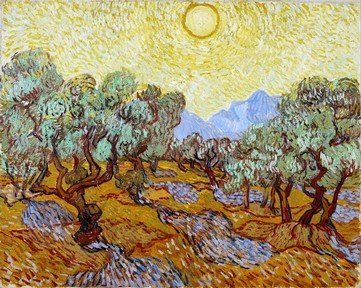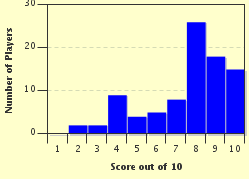Quiz Answer Key and Fun Facts
1. Which of these Flemish artists painted this oil on copper artwork entitled the "Allegory of War" around 1640?
2. This unusual painting, entitled "Fox Hunt", is the work of which American landscape painter?
3. Which founder of French Impressionism is credited with this 1869 painting, named "The Pheasant"?
4. "Still Life With Three Puppies" by Paul Gauguin is a prime example of which of the following styles of painting?
5. "The Entry of the Animals" by Jan Brueghel the Elder is a wonderful example of the style of pointillism.
6. "Smiling Spider" by Odilon Redon in 1891, an excellent example of which type of artwork?
7. This illustration of a rhinoceros was made in Germany in 1515 using which of the following methods?
8. This animal artwork is an oil painting done by Donatello on the roof of the Notre Dame Cathedral in Paris, France.
9. Which of the following people was a famous Englishman known for his animal paintings, poetry, book illustrations and nonsense writing?
10. Humans have been drawing animals for centuries. A prime example of this are these cave paintings found in which complex of French caves?
Source: Author
dcpddc478
This quiz was reviewed by FunTrivia editor
looney_tunes before going online.
Any errors found in FunTrivia content are routinely corrected through our feedback system.

